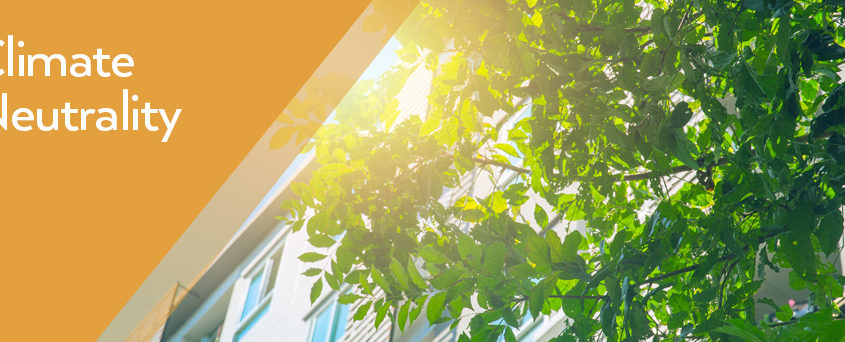Hot hold operations in the flat glass sector
‘Hot hold’ operations in the flat glass sector An exceptional yet essential option to cease production and preserve the industrial equipment This paper intends to inform policymakers on the rationale and implications when flat glass manufacturers decide to switch a flat glass melting plant into ‘hot-hold’. While having recourse to this industrial option is exceptional,
Read More...






